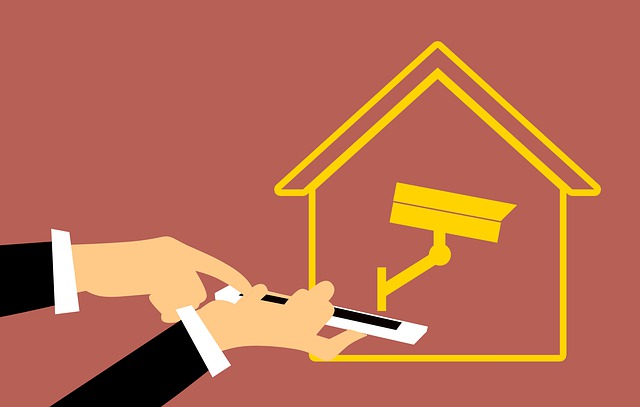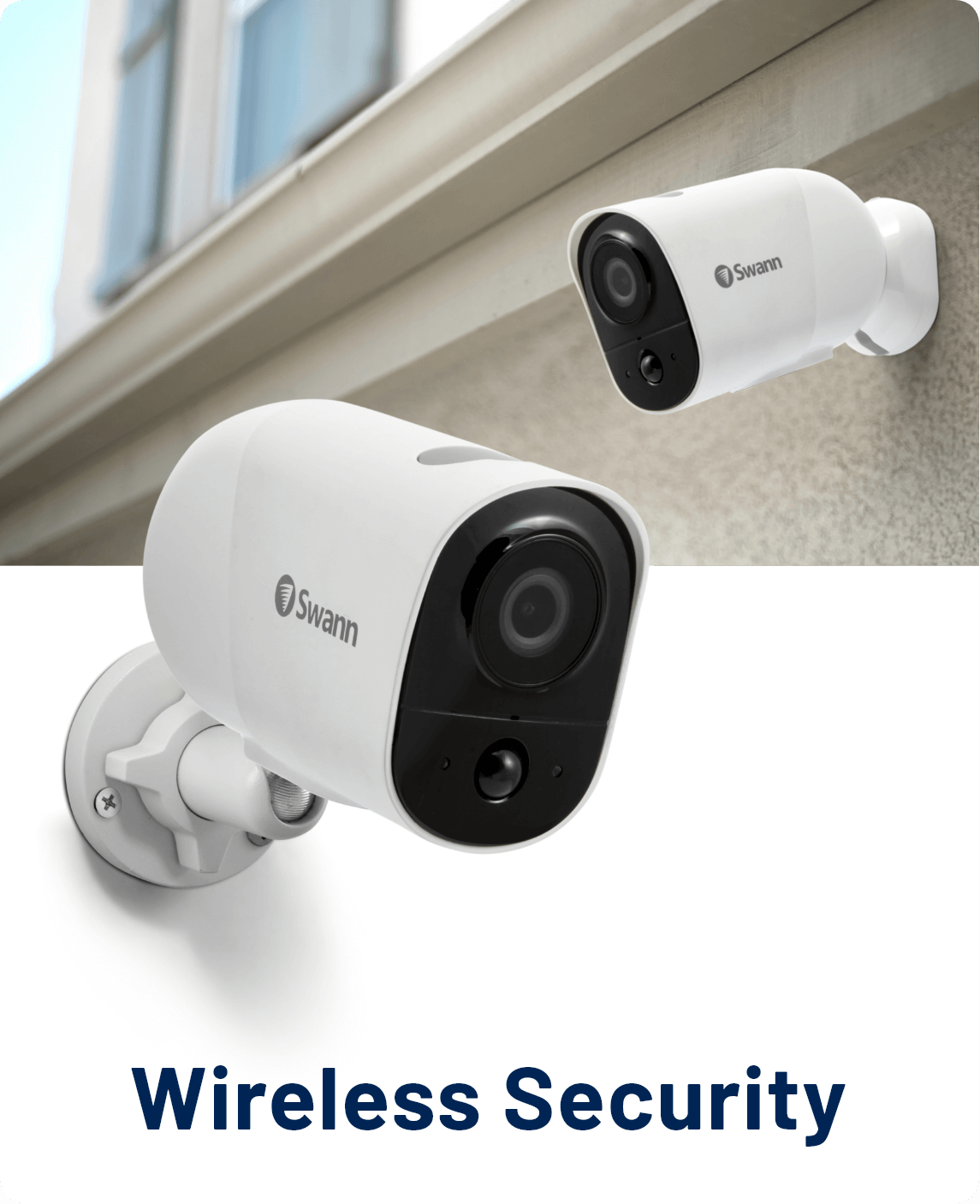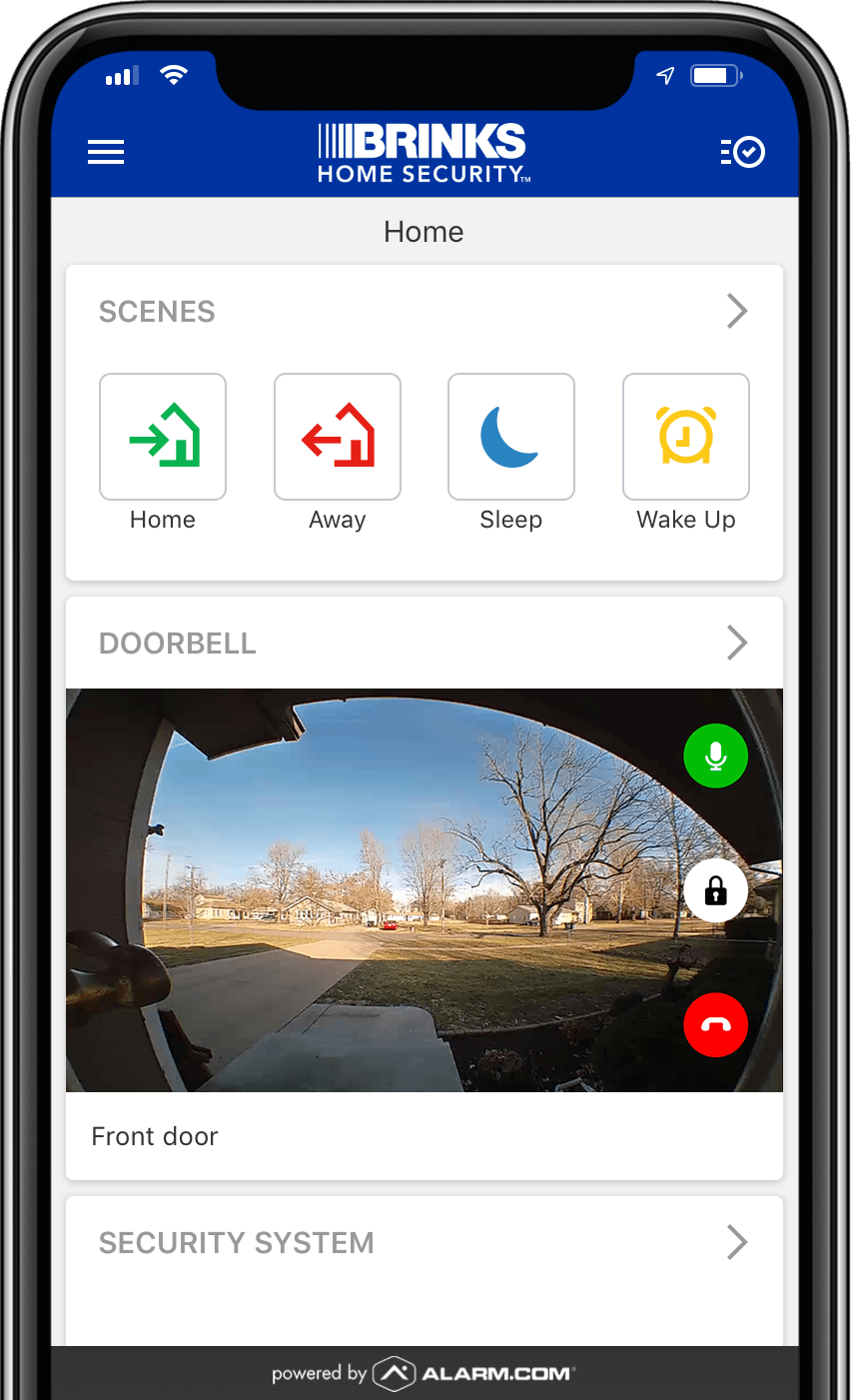
Cove security can be a modern way of protecting your home. Cove security is a modern way to protect your home at a fraction the cost of traditional security systems. Its technology includes 100% cell communication, a 24 hour battery backup, and Smash-and-Grab protection. If any equipment is stolen or damaged, it alerts a team.
Costs
Cove is an advanced security system that offers all the functionality of traditional security systems, at a fraction the price. It includes 100% cellular communications, a backup battery and smash-and–grab protection. The Cove system immediately notifies the monitoring team if equipment is stolen or damaged.
There are several packages that you can choose depending on how complex your security system is and what budget you have. Each package's cost will vary depending on your home's type and size. Professional installation can be an additional cost and is dependent on the system's complexity.

Features
Cove security solutions offer the effectiveness and cost savings of traditional security systems. They have 100% cellular connectivity, a 24-hour backup battery, and smash and grab protection. If someone breaks into your home or breaks into your equipment, the Cove system will send an alert to your monitoring team.
Cove also provides an app for viewing live video streams, as well as other useful information. Motion-activated security cameras feature 1080p HD resolution and offer motion detection. The system can be set to record when it hears a sound and is unaffected by power cuts. The decibel threshold can also be adjusted to control how loud the sounds will be before the camera starts recording.
Customer service
Cove Security offers a range of customer support options to ensure that you get the most from your security system. You can reach Cove Security by phone or email, as well as text and social media. The company also offers videos on its YouTube channel that can help you learn how to install new equipment and use the Cove control panel. The company also offers live chat for emergency situations.
InstaText, the company's alarm notification system, allows users receive alerts by text and phone. A representative from Cove will attempt to contact the user via text message, phone, or two-way speaker at the hub. Cove may call you if your response is not satisfactory. They will also attempt to contact you via the panel or telephone. If you create your system, you can add emergency contact information like a cell phone number.

Compatibility with equipment
The Cove home security system integrates with Alexa and Google Home smart home devices. It is easy to use and simple to set up. The system is monitored by an authorized technician and comes with a one year warranty. The homeowner can cause damage to the device, but the warranty will not cover it. Either the homeowner can install the Cove system or hire someone to do it. Both are easy and inexpensive to install.
Cove security systems are customizable to fit any business or home. Customers can purchase the Cove system online or by phone. The company offers flexible security packages and ships the product within a business day. Installation can take only a few hours. In contrast, many other home security providers require weeks of lead time.
FAQ
What is the best security system to install?
How valuable your home and personal belongings are will dictate the type of security system you choose. You can go with a basic alarm system which is inexpensive but doesn't offer too much protection. Or you can get a more advanced one which offers better features like remote monitoring, video surveillance, and access control.
Are there any real reasons to have a home alarm system?
A home security system is essential for anyone who owns a house. You don't have to be worried about a burglar breaking into your home. They'll steal everything, even valuable electronics. They could even walk off with all your possessions if you don't lock your doors.
Home security systems help you protect your home and notify you when something is happening. This includes the detection of motion and sending alerts to your smartphone. You can also record activity and view the recorded footage.
You can use a DIY camera to replace a costly home security system. These cameras allow you to see who is at your front door and notify you when they are entering or leaving. These devices won't prevent intruders from breaking into the home.
Alarm monitoring: How much should I spend?
Alarm monitoring prices can vary depending upon how often it is to be monitored, what type of equipment you need, as well as whether you are looking at an annual or one-time fee.
Statistics
- Most home security companies will charge you around 75% of the remaining term of your contract if you cancel early—and some require 100%.Related questionsWhat type of contract length can I expect from security providers?Home security system cancellation (safewise.com)
- Related questionsHome security systems that are 100% DIY (safewise.com)
- Most home security companies will charge you around 75% of the remaining term of your contract if you cancel early—and some require 100%.Related questionsWhat type of contract length can I expect from security providers?Home security system cancellation (safewise.com)
- That's probably why Cove has a whopping 98%* customer retention rate. (safewise.com)
External Links
How To
How to Install A Home Security System
A home security alarm is a device that monitors the property and alerts you in case of any suspicious activity. It could include a motion sensor or doorbell camera, smoke detectors, flood alarms, carbon monoxide detectors, burglar alarms, and flood alarms. A home security system usually consists of one or more sensors (e.g., motion detectors), which send signals when they detect movement or sound. The signals are then sent by the sensors to a control center where they are recorded and monitored. If there's a problem such as someone breaking into your house or other suspicious activity, the control panel sends an alert via your phone, tablet computer, voice assistant, or computer. The control panel will notify you immediately so that you can take corrective action.
First, you must choose the right type sensors for your home to install a home security system. There are two types of sensors available: active and passive. Passive sensors don’t require batteries. They only pick up sounds, vibrations and other signals from their environment. These include buzzers, sirens and doorbells. Active sensors transmit data by using electricity. Some examples of this kind of sensor are cameras and motion sensors.
There are many types of sensors on the market today. Each brand comes with its own pros and cons. For example, some sensors are weatherproof, while others aren't. Some have built-in speakers that allow you to hear them outside. Others work only inside. Others are more complex, while some offer more advanced features like night vision.
After selecting the right sensors for your property and deciding on a manufacturer, you will want to make a selection. This will make sure that your sensors function well together. You should find plenty of choices at your local hardware shop.
Once you've chosen a brand of sensors, you'll need to decide how many you want to buy. Most people start with one or two sensors, depending on whether they live alone or with family members. If you are planning to add sensors later on, you may consider purchasing additional sensors.
Next, consider where you want to put your sensors. Do you want them near doors and windows? Or do you prefer having them hidden away? Before placing them on your property, get permission. You should also ensure that they don't interfere with electrical outlets or other property features.
You now know where to place your sensors. Now you need a way for them to be connected to your control panel. Depending on your setup you might need to buy a power adapter and/or battery pack. Once everything is set up, it's time to start monitoring your property.